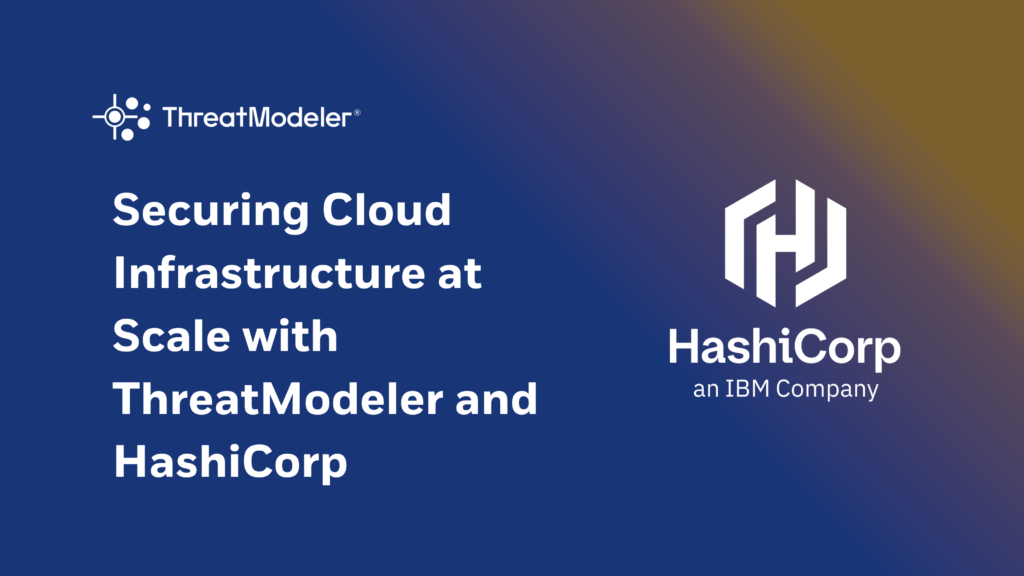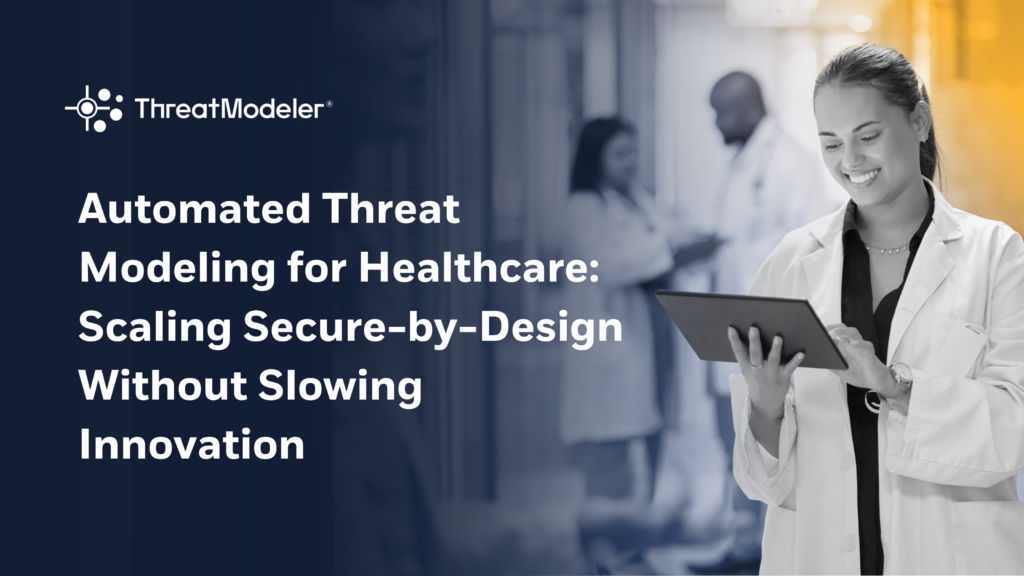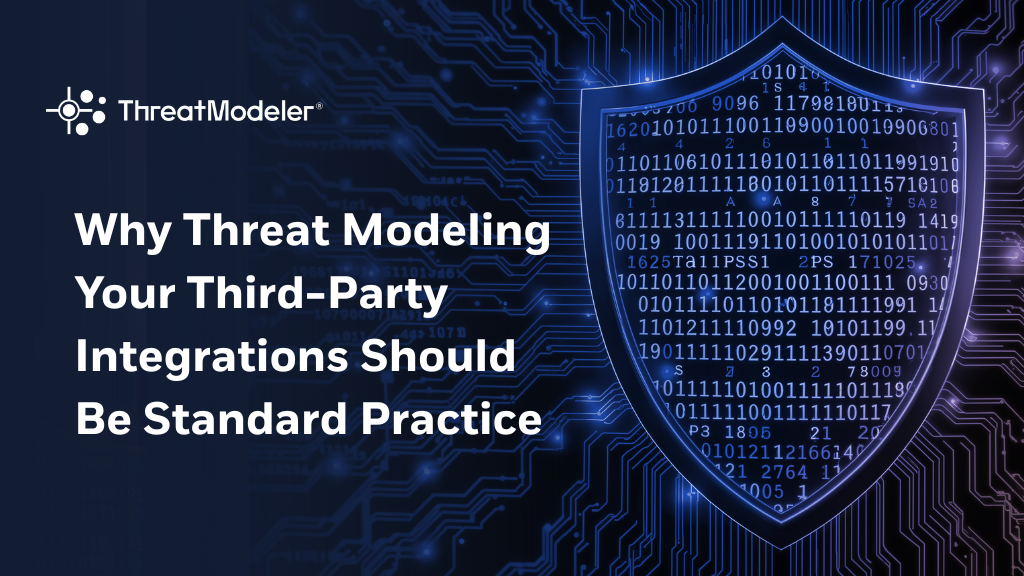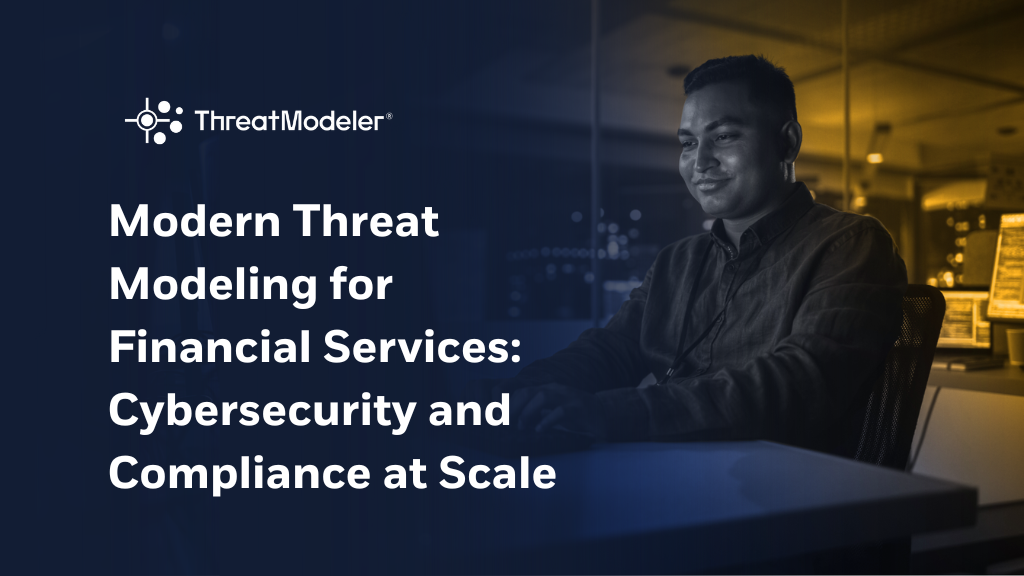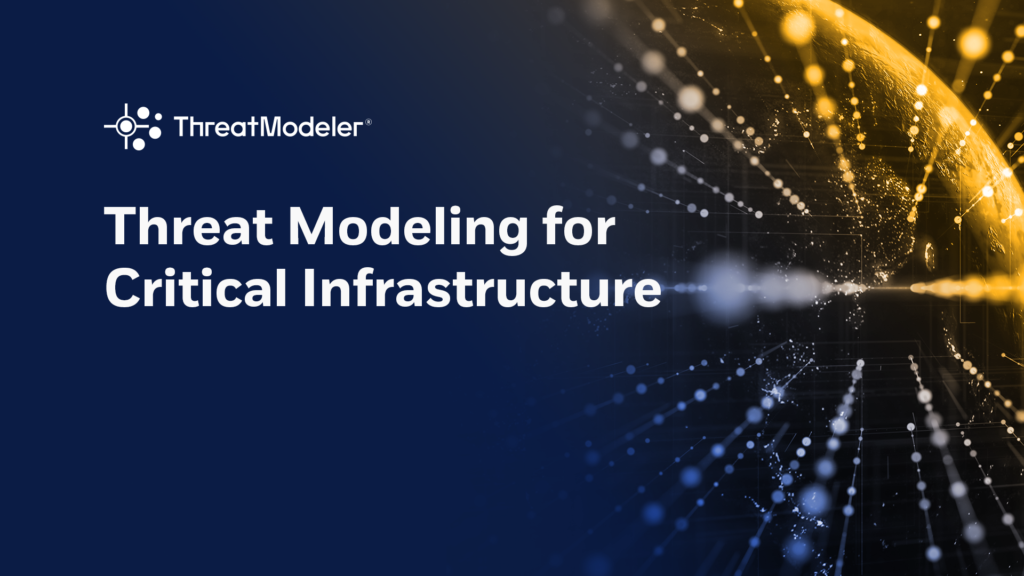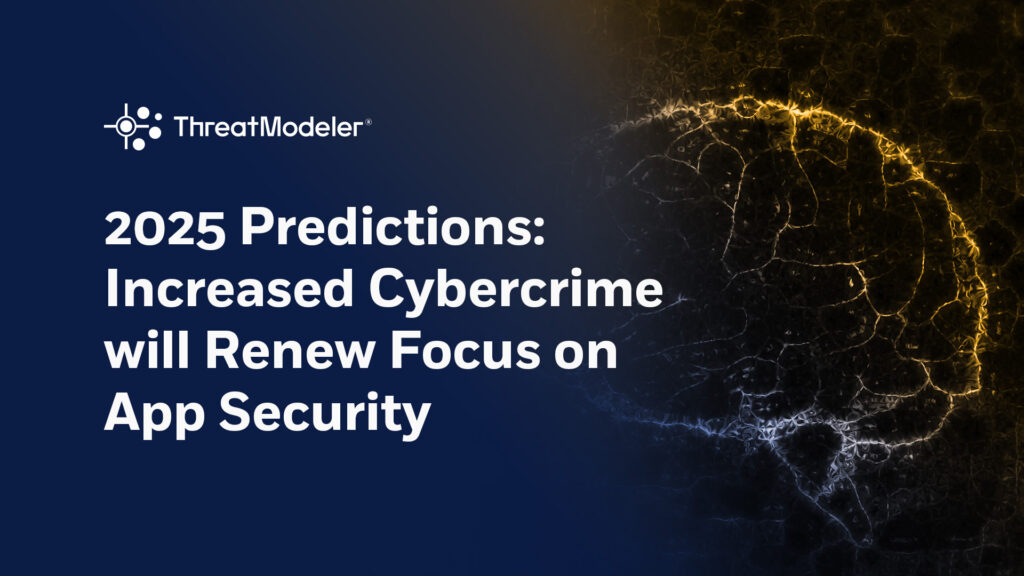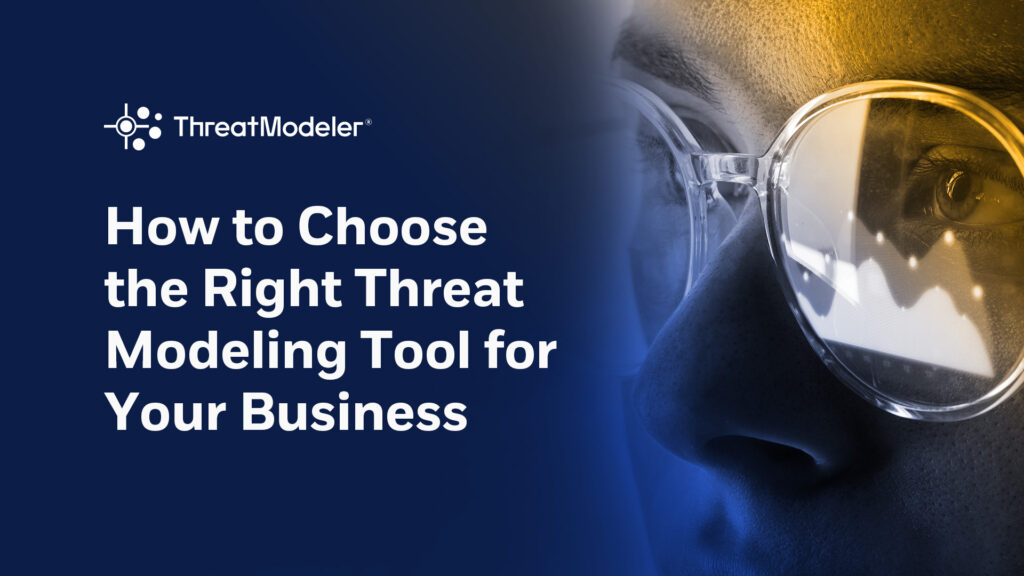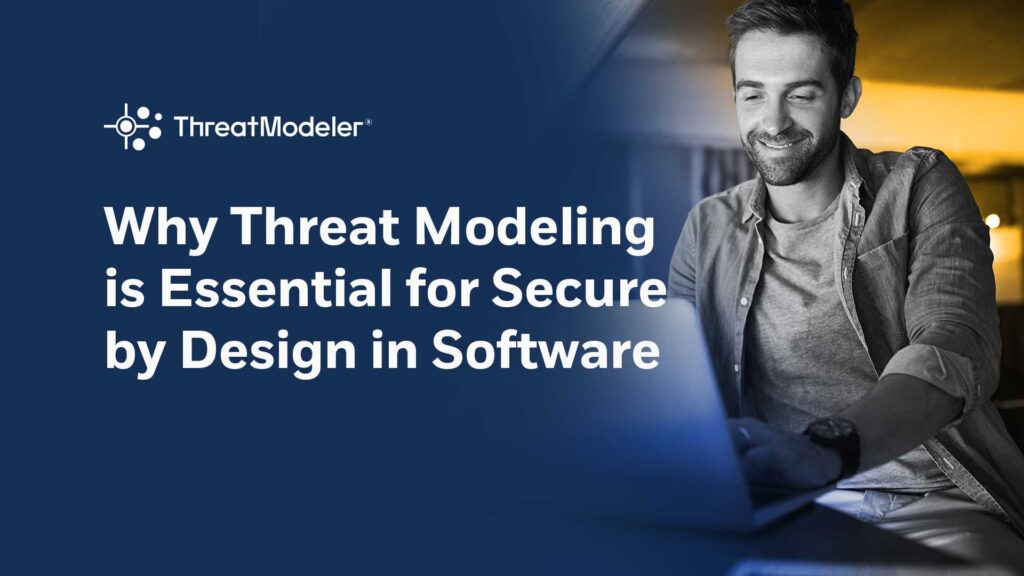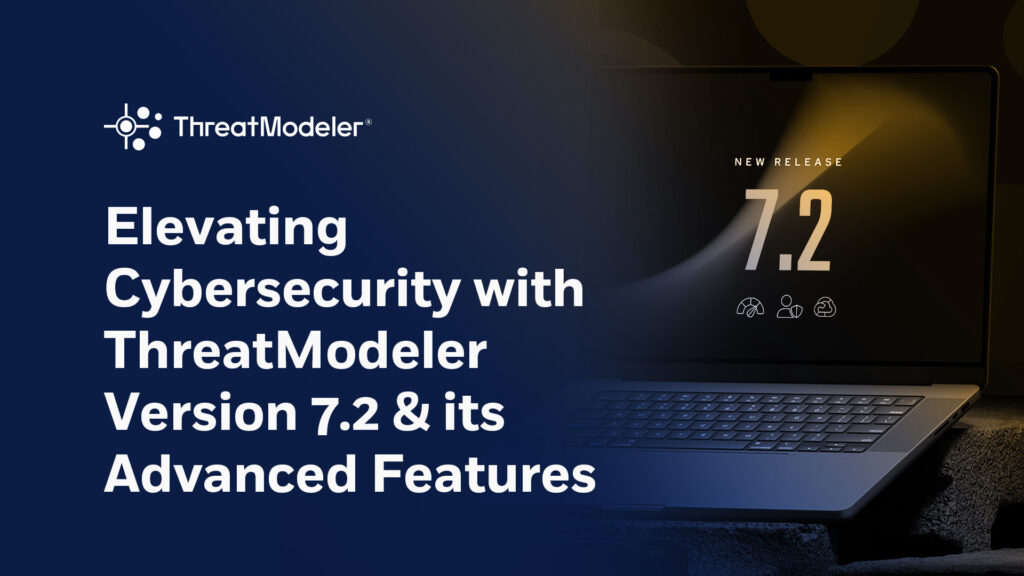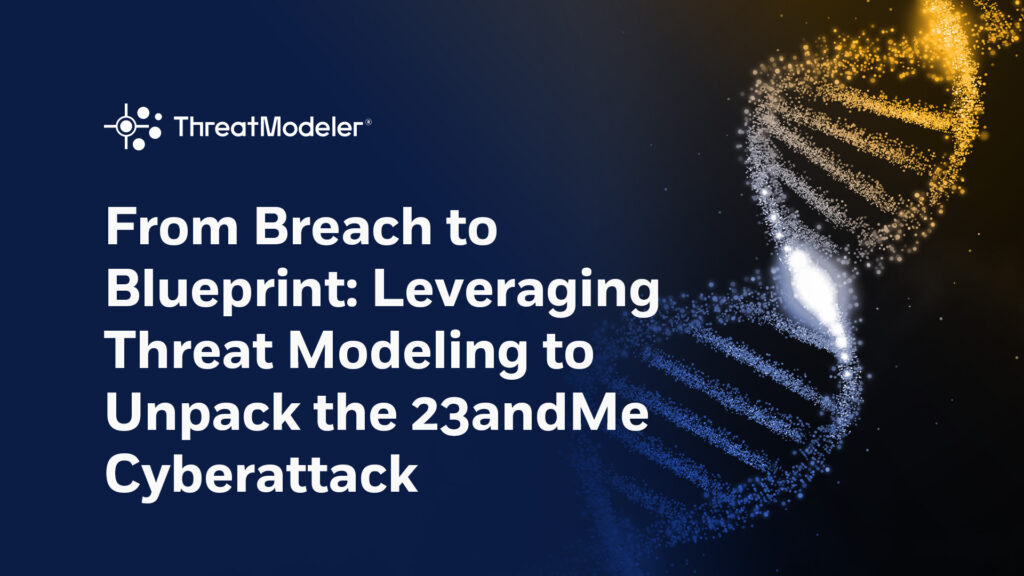Skip to content
October 29, 2025
Securing Cloud Infrastructure at Scale with ThreatModeler and HashiCorp
August 21, 2025
Automated Threat Modeling for Healthcare: Scaling Secure-by-Design Without Slowing Innovation
July 30, 2025
Why Threat Modeling Your Third-Party Integrations Should Be Standard Practice
June 6, 2025
Modern Threat Modeling for Financial Services: Cybersecurity and Compliance at Scale
March 25, 2025
Threat Modeling for Critical Infrastructure
December 16, 2024
2025 Predictions: Increased Cybercrime Will Renew Focus on App Security
September 23, 2024
The Threat Modeling Tools Market is Booming: Here’s What You Should Know
August 14, 2024
Why Threat Modeling is Essential for Secure by Design in Software
July 8, 2024
Elevating Cybersecurity with ThreatModeler Version 7.2 & Its Advanced Features
May 13, 2024
From Breach to Blueprint: Leveraging Threat Modeling to Unpack the 23andMe Cyberattack
